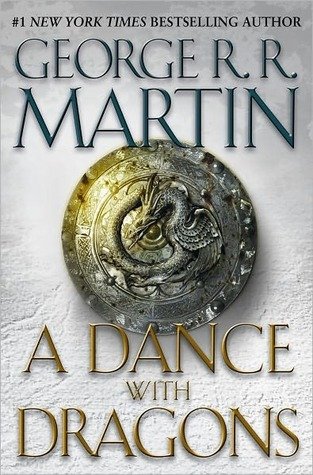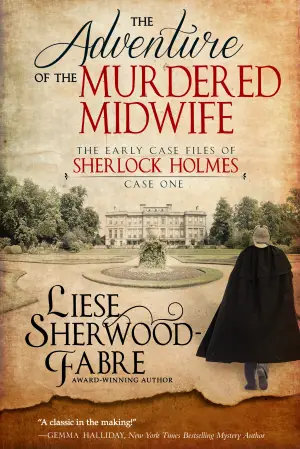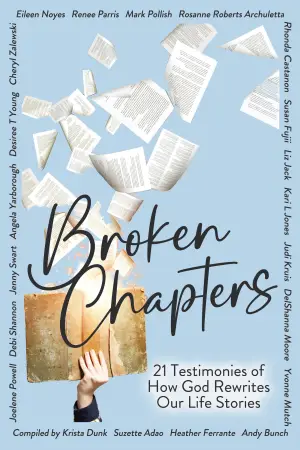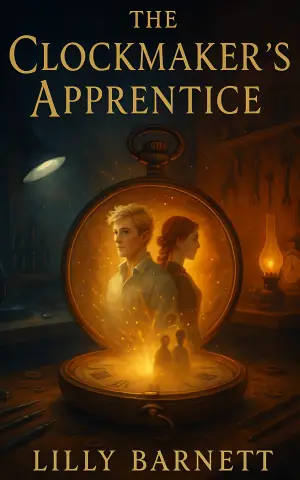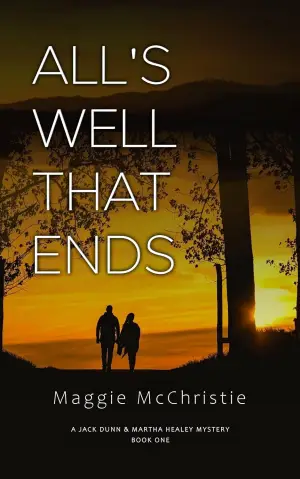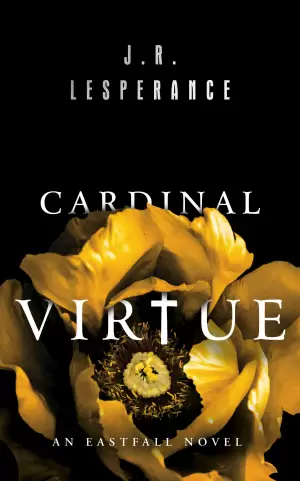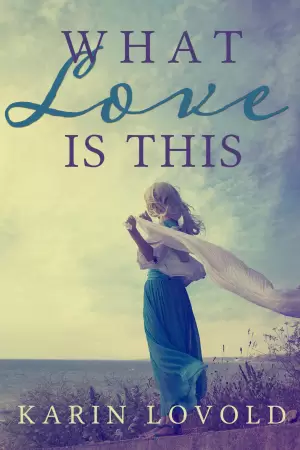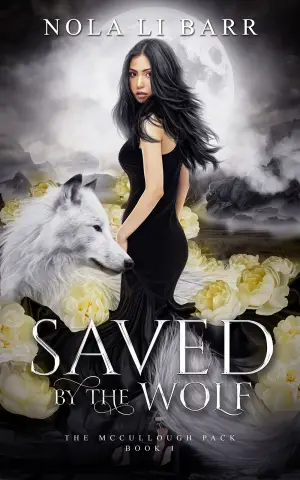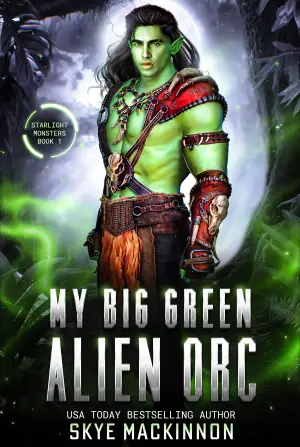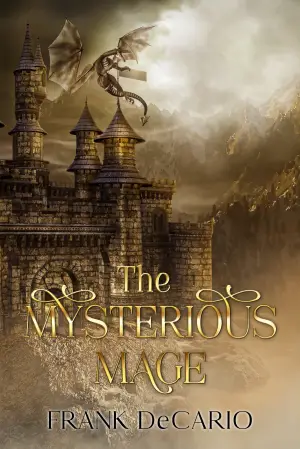A Dance with Dragons: Struggling Through the Shadows of Westeros
It’s hard to believe that I wasn’t always immersed in the world created by George R.R. Martin. My journey began like many others—with the flickering allure of a TV series, Game of Thrones, that sparked an insatiable curiosity. Fast forward a few years, and here I am, a bundle of excitement, clutching A Dance with Dragons, the long-anticipated fifth installment of the A Song of Ice and Fire series. Yet as I began to peel back the pages, I found myself wrestling not just with the plot, but with my own expectations—an emotional tug of war between what I wanted to feel and what I actually felt.
Martin is a wizard in his own right, spinning tales with intricate plotting and compelling character arcs. In Dragons, he presents sixteen point-of-view characters, granting us a vast view of his sprawling world. However, this abundance comes with a caveat: the depth we once cherished seems diluted. Newer characters, like Quentyn Martell and Areo Hotah, drift in and out, leaving little imprint. As a reader, I craved the profound connections that I once felt with characters like Tyrion, Jon, and Daenerys—those became my companions on this winding journey through the Seven Kingdoms.
Tyrion remains a standout as always, with his biting wit and moments of profound vulnerability. His quest to find Daenerys after his escape from King’s Landing is rife with wit and darkness, yet even here, I began to tire of familiar patterns. The familiarity of Tyrion’s struggles dulled the sharp edge of his once-vibrant narrative.
Meanwhile, Jon Snow and Daenerys Targaryen seem tragically static. Jon’s moral complexity has devolved into a tiresome loop of conflict and justification. As someone who has always rooted for Jon, it pained me to see him nestled in a cycle of indecision. Daenerys, too, feels bogged down in her own moral quagmire, all while her once-grand invasion plans stall in Meereen, turning the anticipation into an almost Sisyphean exercise in patience.
Martin’s writing style, which once felt so fresh and riveting, has started showing cracks. I occasionally stumbled over repetition and cliched phrases, elements that feel out of place in such a sprawling narrative. The dialogue, while still peppered with occasional brilliance, often fell flat for me. Instead of the nuanced exchanges I’ve come to expect, I encountered moments that, if I’m honest, made me sigh in frustration.
As I neared the final chapters, I had to confront an uncomfortable truth: A Dance with Dragons didn’t fulfill what I craved from it. In some ways, it reminded me of The Phantom Menace—a film I desperately wanted to love but felt deeply disappointed by. When the cliffhanger at the end arrived, I felt oddly detached, as if I were watching from a distance instead of being swept into the urgency of the narrative.
So, who is this book for? Perhaps the ardent fans who have been with Martin since the beginning might find nuggets of joy amidst the slow pacing and character stagnation. For newer readers? It might not capture the same spark that once ignited my passion for this epic saga.
Reflecting on my experience, I realize now that approaching A Dance with Dragons was a paradoxical endeavor. I set enormous expectations for a book that ultimately struggled under its own weight. Yet, perhaps that’s the beauty of reading—a continual evolution of hope, nostalgia, and inevitable disappointment. As I close this chapter, I find myself contemplating that perhaps the magic lies in the journey, even when the destination feels distant. Whether I move forward in Westeros or not remains to be seen, but it’s clear: my heart will forever hold a different kind of love for this series—one built on nostalgia and moments that defined my reading experience more than the narratives themselves.
Discover more about A Dance with Dragons (A Song of Ice and Fire, #5) on GoodReads >>

